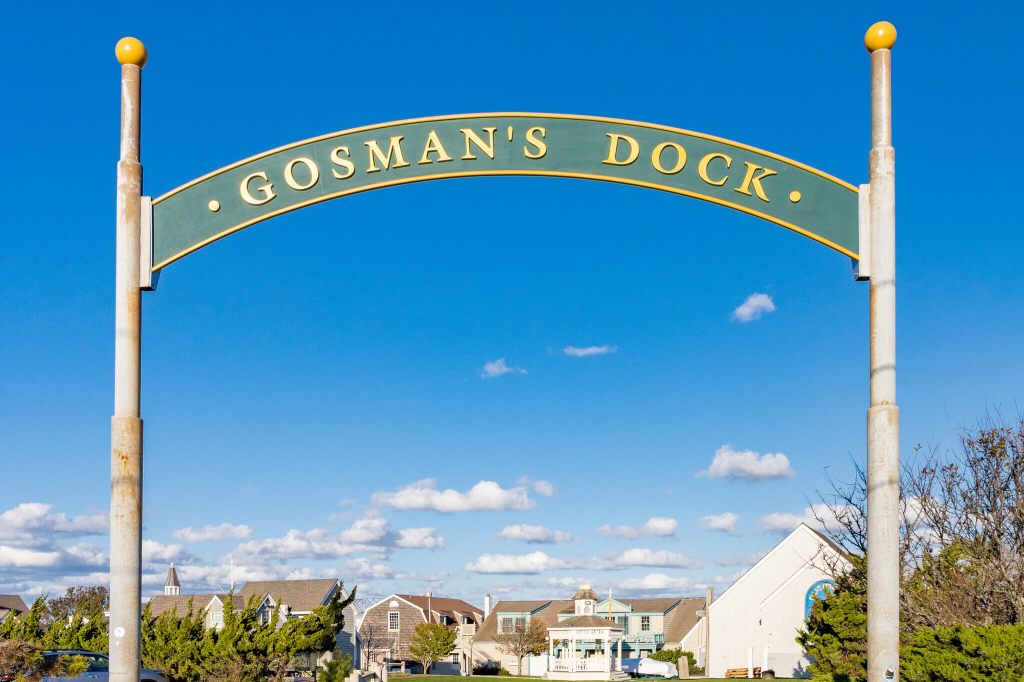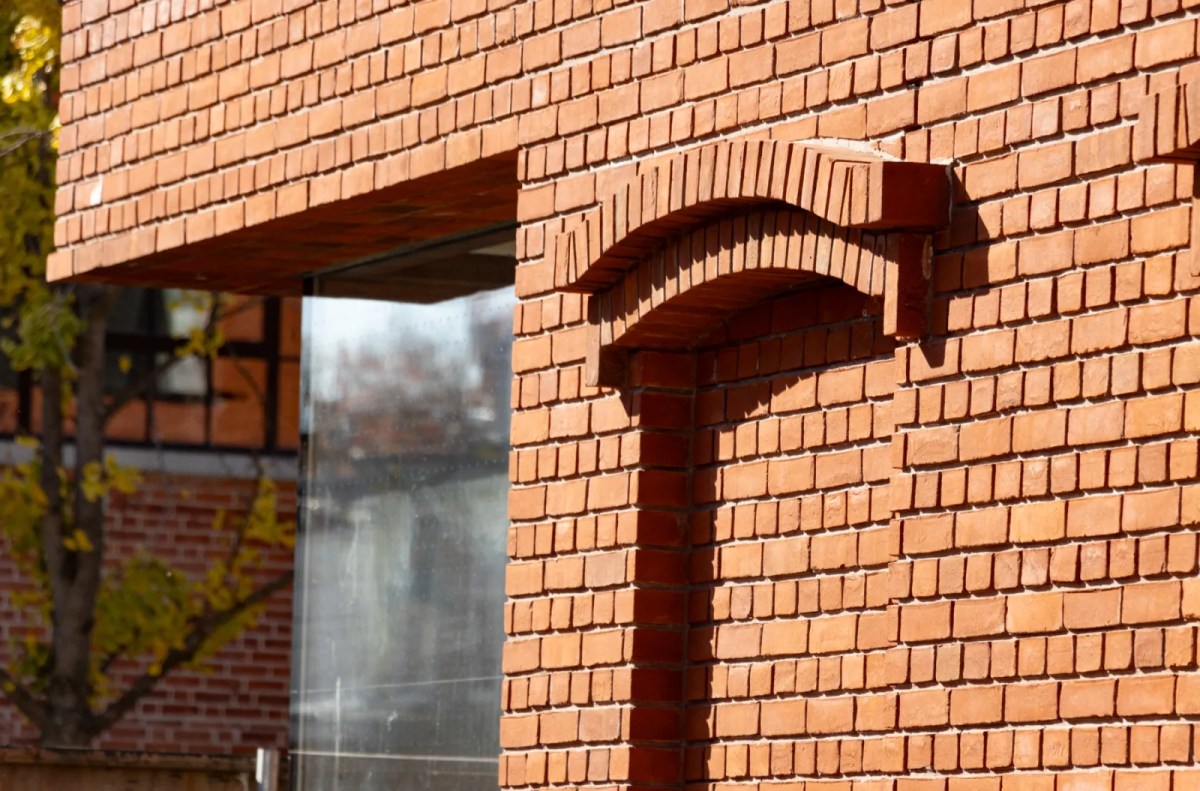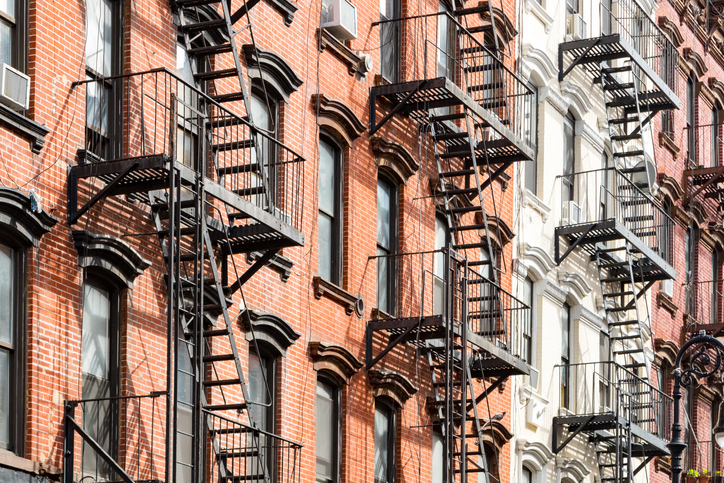What’s your subway stop worth? Likely more than you think.
Apartments within walking distance of a subway station are always in demand, but it’s harder than ever to claim one without breaking the bank.
A report released last week by the real estate listing site RentHop mapped out the median rents of the apartments located within 660 feet of a subway stop. They found that while there are still a few bargains near established transit hot spots, especially in Brooklyn and Queens, more and more outer borough gems are catching on and have seen jumps in rent over the last year.
“New York is one of the rare global cities where you can live all the way out of the subway lines like Flushing, … and pay the same fare as someone taking two stops,” said Serge Reda, an adjunct professor of real estate at Fordham University. “We don’t really value time over cost compared to other places.”
Apartments near the Parkside Avenue Q train station in Brooklyn, for example, had a median rent of $2,353 in the first quarter of 2017 but saw a 25% increase from the same period last year.
By comparison, units surrounding the very next subway stop, the Church Avenue B and Q stop, had a median rent of $1,800 in the first quarter of 2017 — only a 5.9% jump from 2016.
Shane Leese, a data scientist at RentHop, said stations with the highest jumps, near Prospect Park and Bed-Stuy, are typically near blocks with the highest density of new developments. Those subway stops serve as a pseudo cutoff point for lower rents.
“Sometimes it’s on the edge of an area that’s still developing and gentrifying,” he said. “It will be interesting to see this again next year and see if the [increases] are further out.”
Reda predicted that more New Yorkers will begin migrating to the outermost subway stops for an affordable apartment or home. He doubted, however, that such an exodus would lead to a tidal wave of development on the borough’s fringes due to other factors that renters consider. Artistic and social trends, for example, were more enticing than transit access for neighborhoods like Williamsburg and Bushwick, Reda said.
“There has to be some other draw. There has to be some other factor that brings them there,” he said of developers.



























